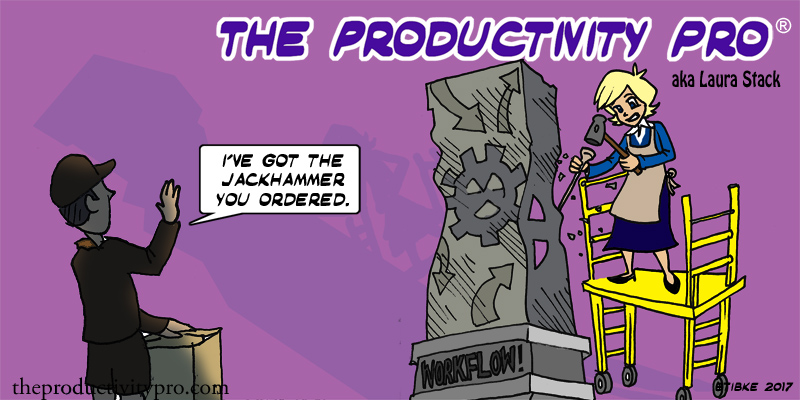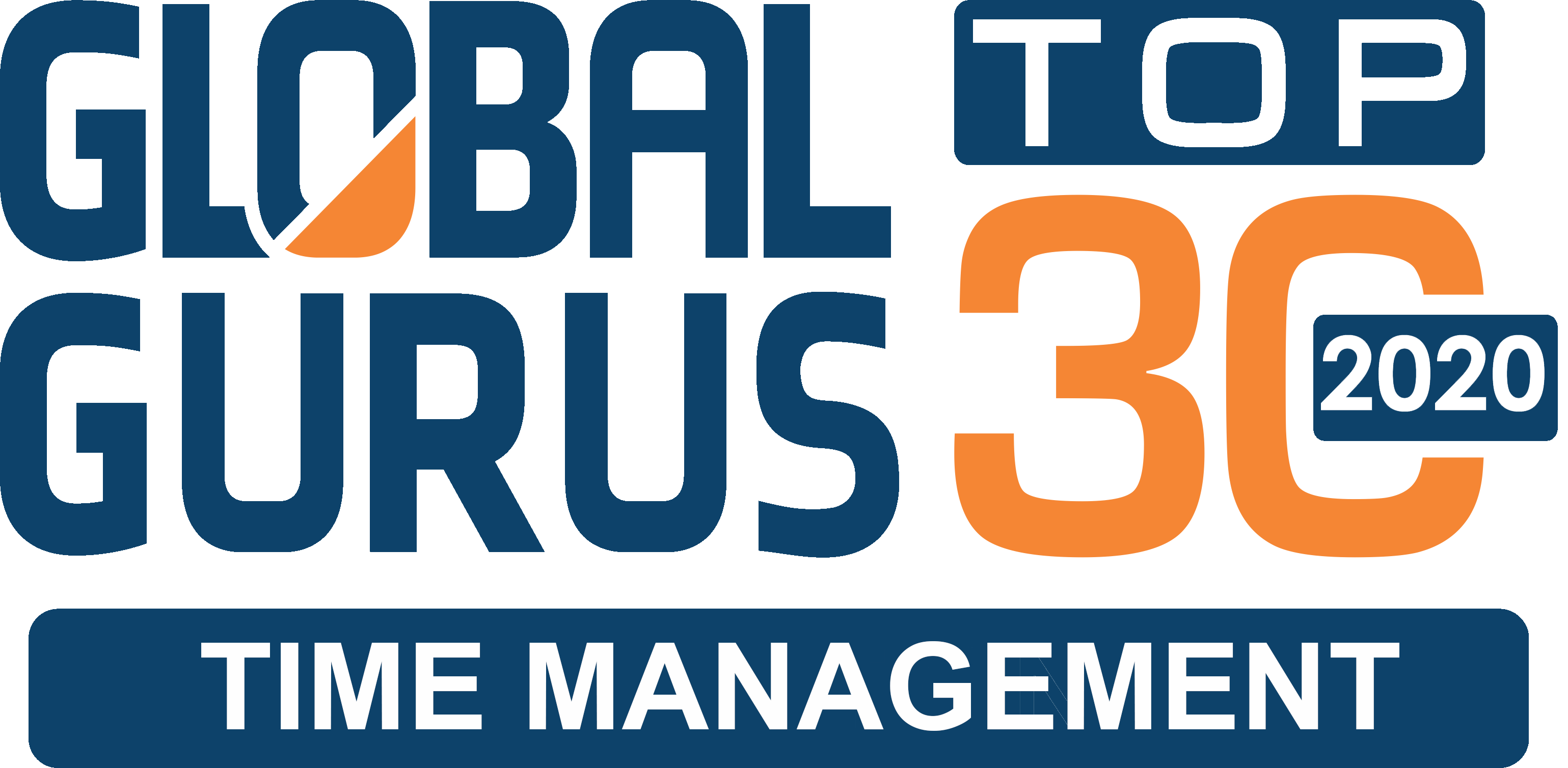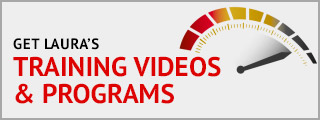
“Doing the same thing over and over again and expecting a different outcome is the true definition of insanity.” – Albert Einstein, German-American physicist.
“Best practices” is a wonderful theory, but in practice too many people use it as an excuse to adopt one specific methodology they then refuse to change until forced to do so. They forget “best practices” aren’t “final practices,” an attitude that can break them if the rest of the business world changes and they don’t.
Best practices at the workflow level must transform as surely as caterpillars transform into butterflies, ideally with results just as wonderful—though unlike butterflies, workflow never stops changing. Here’s a good example: for about ten years, the best way to get a letter to California and back was by Pony Express. It was surprisingly fast and efficient, but it wasn’t cheap; and it wasn’t definitely as fast or cheap as the trains, trucks, and airplanes that followed. Though the Pony Express workflow was the most efficient continental mail possible in the 1860s, it would never work today.
You may not have to face such extreme changes in your own workflow… but then again, you may. I’ve lived to see offices shift from cumbersome business machines to sleek personal laptops and tablets that do everything the old stuff did and more. It’s not inconceivable that we’re are on the brink of another giant leap forward, though I can’t predict what it might be.
Meanwhile, keep an eye on your workflow processes and make sure they keep up with reality. Here’s what I recommend.
-
Review your workflow regularly. First, agree on what “regularly” means. Under current circumstances, quarterly may be the longest you want to go without reviewing your workflow. If you’re very busy, you can push it to twice a year or annually, though I wouldn’t go much longer between reviews. Check how well your workflow process and sub-processes work, identifying what needs fixing and why.
-
Define each stage of your workflow. This may need to be the very first step in your first serious workflow review. Yes, it takes extra time, but it’s worthwhile. If you haven’t already, break down your workflow process into its natural tasks and subtasks, delineate the development of each, determine any resource and approval requirements, and decide, without any ambiguity, who is responsible for what. Once you’ve done this, you only need to revisit this step occasionally, either to make sure everything is still stable or when you know you need to make changes. To demonstrate and simplify your understanding of the process, create flow charts showing how the process should proceed, given the circumstances encountered at each step.
-
Implement stop tasks. Stop tasks are just what they sound like: tasks you must complete before you can continue. You may have to do research before you can implement a new task, or the editor may have to sign off on a white paper before it can move forward. Don’t consider these bottlenecks; write them into the workflow as caution points encouraging you to jump on the task and get it done.
-
Discuss any changes identified in Step 1. Decide how to move forward on each change, who will perform it, and what constitutes completion. Then implement.
-
Streamline the approval process(es). Waiting for permission before implementation is sometimes the most annoying and wasteful part of any workflow process. But feedback fatigue, overwork, and similar factors may make it no picnic for the permitters, so make it easy for them. Give them a simple situation to handle, and an easy out with a “no word means go-ahead” option.
-
Publish the process so everyone stays on the same page. Put the process, complete with flow chart(s), on the company intranet, or distribute it as a paper document. Make it a part of your team and organizational SOPs, with a new update published whenever your team decides to do so. You may not need an update every time; you may decide at Step 1 you’re still good to go for the next period.
Time in a Bottle
It seems every productivity suggestion, strategy, tip, and trick out there is another time sink, and to some extent, that’s true. But when you take the time to do something like this right, the real work happens only once; everything else is an update, with an occasion overhaul. As Jim Croce so charmingly sang in his classic song, this is one way to “save time in a bottle” so you have more time for all the important things in your life.
About Laura Stack, your next keynote speaker:
© 2019 Laura Stack. Laura Stack, MBA, CSP, CPAE is an award-winning keynote speaker, bestselling author, and noted authority on employee and team productivity. She is the president of The Productivity Pro, Inc., a company dedicated to helping leaders increase workplace performance in high-stress environments. Stack has authored eight books, including FASTER TOGETHER: Accelerating Your Team’s Productivity (Berrett-Koehler 2018). She is a past president of the National Speakers Association, and a member of its exclusive Speaker Hall of Fame (with fewer than 175 members worldwide). Stack’s clients include Cisco Systems, Wal-Mart, and Bank of America, and she has been featured on the CBS Early Show and CNN, and in the New York Times. To have Laura Stack speak at an upcoming meeting or event, call 303-471-7401 or contact us online.
Here’s what others are saying:
“What I enjoyed most about your presentation was that it was not only engaging but also practical in application. I’ve read everything from Covey’s system to “Getting Things Done,” and you presented time management in a way that is the easiest I’ve seen to digest and apply. Thank you for helping our system today!”
—John-Reed McDonald, SVP, Field Operations, Pridestaff
“Laura is an incredible speaker who takes practical information to improve productivity and efficiency and makes it interesting and fun! She has a great sense of humor and completely engaged our corporate and sales team. Laura motivated everyone to take steps to make their lives more productive and efficient.
—Molly Johnson, Vice President Domestic Sales, Episciences, Inc.
“Ms. Laura Stack’s program received the highest scores in the 13-year history of the Institute for Management Studies (IMS) in Cleveland! From the 83 participants, the workshop received a perfect 7.0 for “Effectiveness of the Speaker” and 6.8 for “Value of the Content.” Managers especially valued learning about task management, how to minimize interruptions, organizing with Outlook, prioritizing, effectively saying ‘no,’ how to set boundaries, and recognizing self-imposed challenges to time management.”
—Don Gorning, Chair, Institute for Management Studies Cleveland


